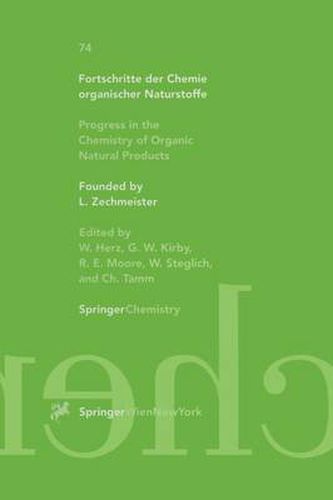Readings Newsletter
Become a Readings Member to make your shopping experience even easier.
Sign in or sign up for free!
You’re not far away from qualifying for FREE standard shipping within Australia
You’ve qualified for FREE standard shipping within Australia
The cart is loading…






This title is printed to order. This book may have been self-published. If so, we cannot guarantee the quality of the content. In the main most books will have gone through the editing process however some may not. We therefore suggest that you be aware of this before ordering this book. If in doubt check either the author or publisher’s details as we are unable to accept any returns unless they are faulty. Please contact us if you have any questions.
Saponins are complex molecules made up of sugars linked to a triterpenoid or a steroid or a steroidal alkaloid. These natural products are attracting much attention in recent years because of the host of biological activities they exhibit. The diversity of structural features, the challenges of isolation because of their occurrence as complex mixtures, the pharmacological and biological activities still to be discovered, and the prospect of commercialization - these all are driving the study of saponins. Triterpenoid saponins are dominating constituents of this class and occur widely throughout the plant kingdom including some human foods e. g. beans, spinach, tomatoes, and potatoes, and animal feed e. g. alfalfa and clover. Saponins were initially a rather neglected* area of research primarily because of great difficulties in their isolation and characterization. With the advent of more sophisticated methods of isolation and structure elucidation through the last two decades, there has been increased interest in these natural products. Besides structure determination, research activities are now moving forward to clarify structure-activity relationships. Our previous reviews on triterpenoid saponins (l, 2) covered literature from 1979 to mid-1989. The literature on triterpenoid saponins up to 1988 has also been covered by two reviews by HILLER et at. (3, 4). This review incorporates newer trends in isolation and structure determination of triterpenoid saponins, new triterpenoid saponins isolated and biological properties of these products reported during the period late 1989-mid 1996. 2.
$9.00 standard shipping within Australia
FREE standard shipping within Australia for orders over $100.00
Express & International shipping calculated at checkout
Stock availability can be subject to change without notice. We recommend calling the shop or contacting our online team to check availability of low stock items. Please see our Shopping Online page for more details.
This title is printed to order. This book may have been self-published. If so, we cannot guarantee the quality of the content. In the main most books will have gone through the editing process however some may not. We therefore suggest that you be aware of this before ordering this book. If in doubt check either the author or publisher’s details as we are unable to accept any returns unless they are faulty. Please contact us if you have any questions.
Saponins are complex molecules made up of sugars linked to a triterpenoid or a steroid or a steroidal alkaloid. These natural products are attracting much attention in recent years because of the host of biological activities they exhibit. The diversity of structural features, the challenges of isolation because of their occurrence as complex mixtures, the pharmacological and biological activities still to be discovered, and the prospect of commercialization - these all are driving the study of saponins. Triterpenoid saponins are dominating constituents of this class and occur widely throughout the plant kingdom including some human foods e. g. beans, spinach, tomatoes, and potatoes, and animal feed e. g. alfalfa and clover. Saponins were initially a rather neglected* area of research primarily because of great difficulties in their isolation and characterization. With the advent of more sophisticated methods of isolation and structure elucidation through the last two decades, there has been increased interest in these natural products. Besides structure determination, research activities are now moving forward to clarify structure-activity relationships. Our previous reviews on triterpenoid saponins (l, 2) covered literature from 1979 to mid-1989. The literature on triterpenoid saponins up to 1988 has also been covered by two reviews by HILLER et at. (3, 4). This review incorporates newer trends in isolation and structure determination of triterpenoid saponins, new triterpenoid saponins isolated and biological properties of these products reported during the period late 1989-mid 1996. 2.